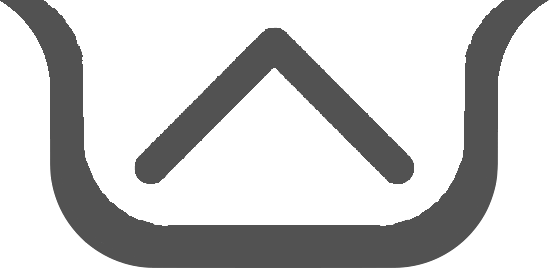Gallengangsstrikturen









Bile duct strictures are problematic in terms of management and distinction between benign and malignant.
Pathology
Etiology
There are numerous causes of biliary duct strictures, including :
- malignant
- cholangiocarcinoma
- involvement by pancreatic head adenocarcinoma
- involvement by ampulla of Vater adenocarcinoma
- involvement by gallbladder carcinoma
- benign
- iatrogenic strictures
- diathermy burns
- hemostasis clips
- suture granuloma
- amputation neuroma of the cystic duct
- previous anastomosis (e.g. post liver transplant)
- primary sclerosing cholangitis
- Mirizzi syndrome
- chronic pancreatitis
- previous stone passage
- iatrogenic strictures
Although identification of malignant cells on washings obtained during ERCP can make the diagnosis, they are negative in 25-50% of cases . Careful imaging is therefore often required.
Carcinoembryonic antigen (CEA) and CA 19-9 are sometimes secreted by cholangiocarcinomas.
Radiographic features
The distinction between malignant and benign structures relies on two aspects:
As far as assessing the morphology of the stricture, modalities that image the lumen (ERCP, MRCP, CT intravenous cholangiograms) are best, whereas to assess for associated features US or CT/MRI are better.
Stricture morphology
Benign features include :
- smooth
- tapered margins
Malignant features include:
- irregular
- shouldered margins
- thickened (>1.5 mm) and enhancing (on arterial and or portal venous phase) duct walls
It is often difficult to distinguish between malignant and benign strictures, especially if short .
Associated findings
Associated findings are for example:
- features of chronic pancreatitis
- evidence of previous cholecystectomy
- lymph node enlargement
- infiltrating mass
Treatment and prognosis
Treatment and prognosis clearly depend on the underlying etiology.
For benign stricture and number of options exist, including:
- cholangioplasty: percutaneous or retrograde balloon dilation
- stent placement: only considered in failed cholangioplasty and no other surgical options
- surgery with resection of the stenotic segment and re-anastomosis or choledochoenterostomy (e.g. Roux-en-Y)
Siehe auch:
- Chronische Pankreatitis
- cholangiozelluläres Karzinom
- Primär sklerosierende Cholangitis
- Mirizzi-Syndrom
- Choledochuskarzinom
- Tumoren der intrahepatischen Gallenwege
- pancreatic head adenocarcinoma
und weiter:

 Assoziationen und Differentialdiagnosen zu Gallengangsstrikturen:
Assoziationen und Differentialdiagnosen zu Gallengangsstrikturen:



